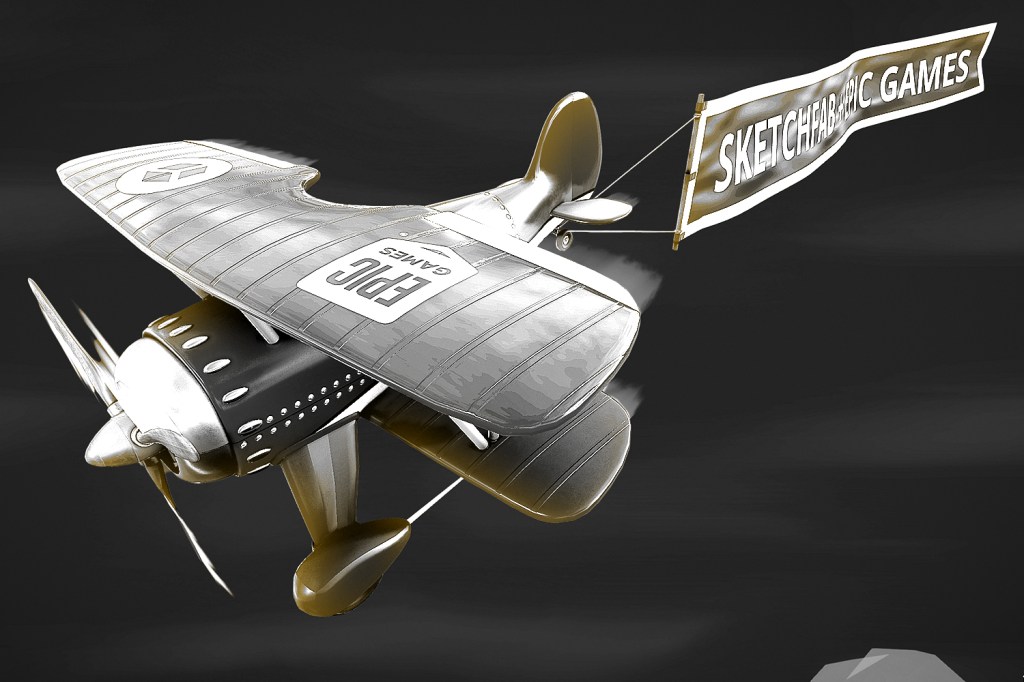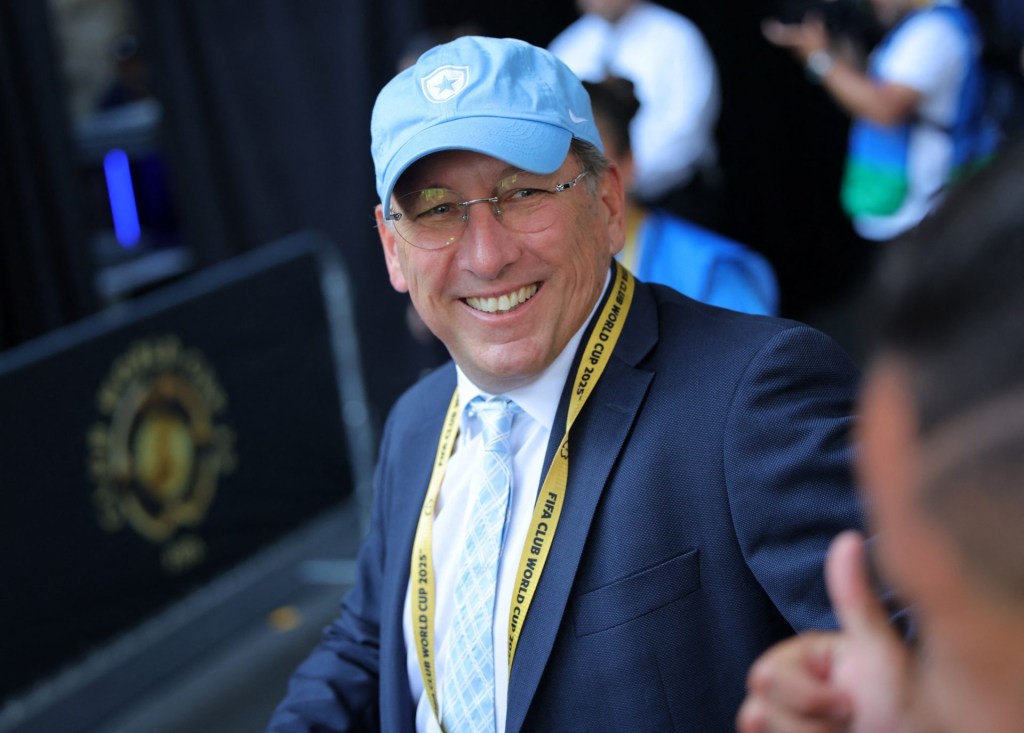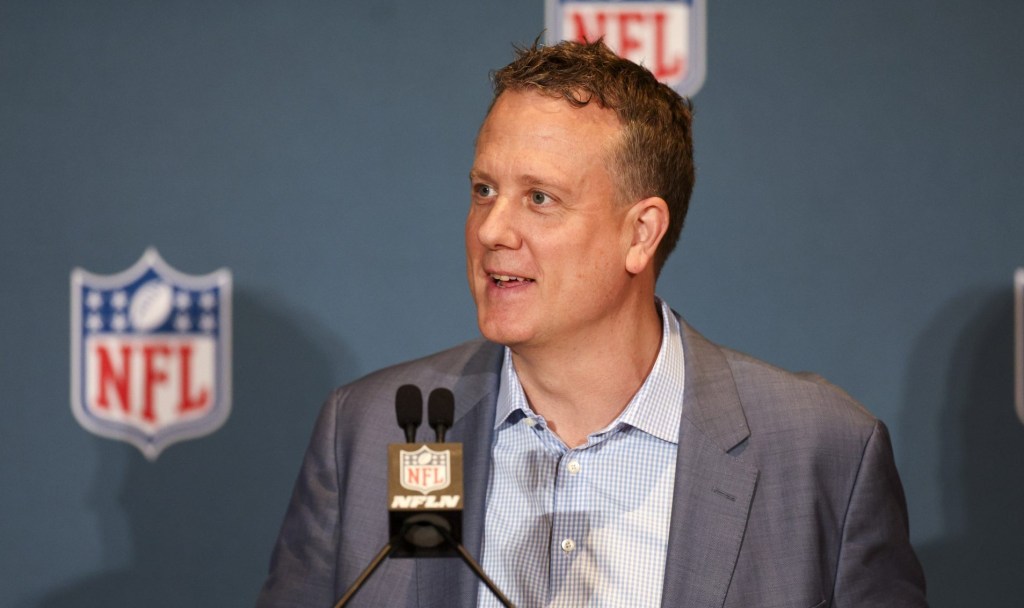By: Mark Hodgkin, @Mark_Hodgkin

I remember sitting in a work meeting in the spring of 2009. I was surrounded by smart marketers as we debated whether to jump in on a hot trend among techies and youths. It involved short micro-blogs and updates of perceived tedium from anyone with an account.
‘Who wants to know what I’m eating for breakfast’ was a popularly pejorative criticism of the emerging social network. It was still fairly niche. Lots of people signed up then never used it again. It was not a slam dunk that this would be worth pursuing as a college athletics department.
As you’ve undoubtedly guessed by now, that conversation was about Twitter.
Now, until about 72 hours ago, I had never heard of Pokemon GO. I don’t think I’d even heard Pokemon mentioned since I was in high school.
Practically overnight, its daily active users active users in the US approaching Twitter’s levels (on Android). So people are beginning to take notice. Lost amidst this stunning statistic (and much more interesting in my opinion) is that people are using it for almost 45 minutes per day which is more than social giants WhatsApp, Instagram, Snapchat and Messenger.
With Pokemon GO all the rage, it’s predictable that charlatans and eager entrepreneurs will rush to trumpet its potential (and how they can help your brand ride the wave…for a fee).
On the other side, some dismiss this as a passing fad….a silly distraction that has grown-ups chasing cartoon characters through the streets.
Perhaps, but ignore this at your own peril. I believe that augmented reality is coming and that it will transform our lives in a multitude of ways (most far less frivolous than hunting animated…whatever those yellow things are).
Think about it for a minute. There is a LOT to be intrigued about here.
For starters, users of Augmented Reality (AR) need none of the fancy and cumbersome headwear that virtual reality (VR) requires. Most people are accustomed to seeing their fellow citizens face down into their cellphone.
Now think about it from a brand standpoint. Since this game takes place in the real world, consider the possibilities for sponsor activation, geo-targeted deals and things of that nature.
Now I don’t know if Pokemon Go will be the next huge social platform we all have to rush into as brands and publishers. But I also know that no one else knows that it’s not. This is a trend worth monitoring and as professionals in this space we have an obligation to do our due diligence.
Like Meerkat introduced us to the world of live streaming to social before Twitter/Periscope and Facebook brought it to the masses, I could absolutely see this being a forerunner to something bigger and more universally adapted.
I do not see augmented reality going anywhere, it’s just a matter of where it sticks.
Personally, one of the few social media platforms that immediately “made sense” for me was Google+. We know how that turned out. While we work in the field of social media, we must never fall victim to our own user biases. I’ll probably never play Pokemon GO…but I wasn’t sure two years ago if I’d ever send a Snapchat either.
The audiences are younger and younger and we have to view things through their prism. Especially for those in the college athletics space, we have to see the world as recruits and students do.
They say fools rush in, but there are a lot of ‘experts’ that could look silly if we looked up their opinions on Facebook in 2004, Twitter in 2009 or Snapchat in 2014.

















